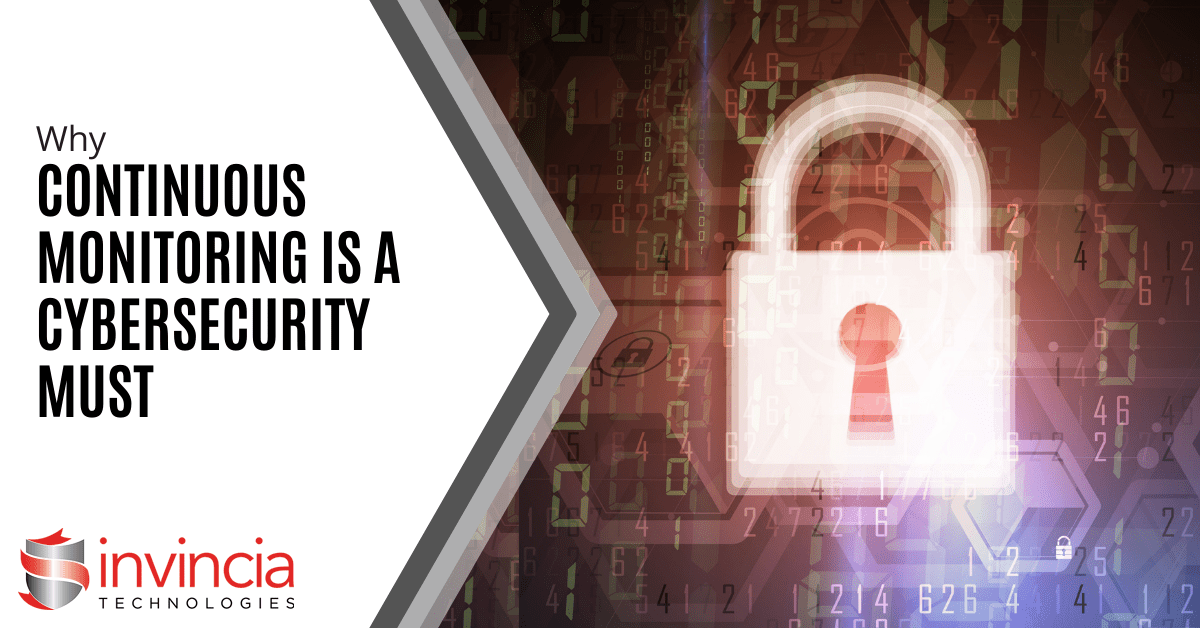Consider this scenario: you head off for a vacation, feeling secure in the locks on your door. Yet, you neglect to check them regularly. Is your home truly safe? A tiny crack or unnoticed weakness could lead to disaster.
This is akin to the risk of overlooking continuous cybersecurity monitoring. Cyber threats evolve constantly, rendering traditional security measures inadequate. Continuous monitoring serves as your ever-watchful digital guard, constantly scanning for vulnerabilities and sounding the alarm before attackers strike.
Why Continuous Monitoring Matters
Here’s why continuous monitoring is not merely a luxury but a cybersecurity imperative for businesses of all sizes:
Breaches Happen Fast
Cyberattacks can occur in mere seconds, exploiting vulnerabilities before detection. Continuous monitoring provides real-time insights, enabling swift identification and response to threats, thereby minimizing potential damage.
Advanced Threats Need Advanced Defenses
Hackers continually refine sophisticated techniques, bypassing traditional defenses. Continuous monitoring goes deeper, analyzing network traffic, user behavior, and system logs to uncover hidden threats lurking within your network.
Compliance Requirements Often Mandate It
Many industry regulations and data privacy laws necessitate continuous monitoring. Failure to comply can result in substantial fines and reputational damage.
Peace of Mind and Cost Reduction
Continuous monitoring prevents costly breaches and downtime while reducing the workload for security teams. Automation of routine tasks allows teams to focus on strategic initiatives.
What Does Continuous Monitoring Look Like?
Continuous monitoring encompasses various elements, including:
- Log Management: Collecting and analyzing security logs from firewalls, devices, and applications.
- Security Information and Event Management (SIEM): Centralizing security data from diverse sources to identify potential threats.
- Vulnerability Scanning: Regular scans to identify weaknesses for timely patching.
- User Activity Monitoring: Identifying suspicious behavior like unauthorized access attempts or data exfiltration.
- Network Traffic Analysis: Revealing malware, suspicious communication patterns, and attempts to breach network defenses.
Benefits Beyond Threat Detection
Continuous monitoring offers additional benefits beyond threat identification:
- Improved Threat Detection Accuracy: Reducing false positives by analyzing vast amounts of data.
- Faster Incident Response: Providing real-time alerts for quicker response to security incidents.
- Enhanced Security Posture: Proactively identifying vulnerabilities and prioritizing patching efforts.
- Compliance Reporting: Generating reports to prove compliance and streamline audits.
Getting Started with Continuous Monitoring
Initiating continuous monitoring need not be overwhelming:
- Assess Your Needs: Identify specific security needs and compliance requirements through cybersecurity assessments.
- Choose the Right Tools: Select monitoring tools aligned with your needs and budget, considering managed security service providers for comprehensive solutions.
- Develop a Monitoring Plan: Define protocols for data tracking, alert handling, and incident response.
- Invest in Training: Train your security team on monitoring tools and effective response strategies, ensuring they can interpret insights and respond effectively.
Continuous Monitoring: Your Cybersecurity Lifeline
In today’s threat landscape, continuous monitoring is not optional. It’s a security necessity, offering numerous benefits such as early threat identification and swift response. Don’t wait for a breach to be your wake-up call. Embrace continuous monitoring to safeguard your digital assets.
Need Help with Your Cybersecurity Strategy?
Continuous monitoring is just one facet of a comprehensive cybersecurity approach. We’re here to assist in safeguarding your business with customized solutions tailored to your needs and budget. Contact us today to discuss your requirements.

